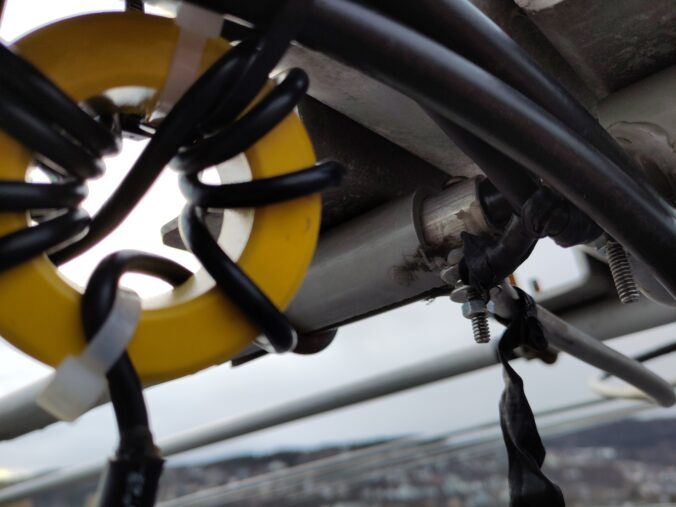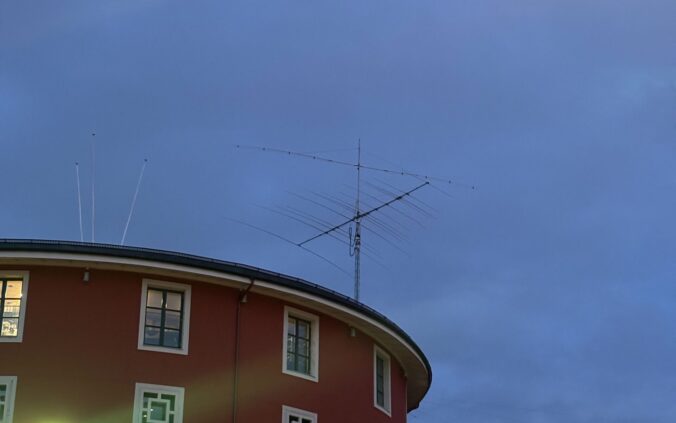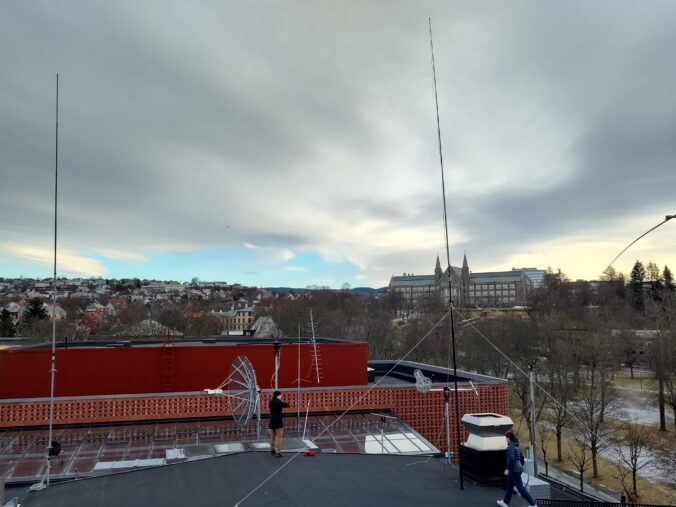We had a license exam on March 26th and four new radio amateurs passed:
- Oskar Helgerud – LB3AK
- Lea Koelman – LB3BK
- Albert W. Fougner – LB3CK
- André Pettersen-Dahl – LB3DK
Congratulations!
Top image: LB3AK and LB3CK, the two radio amateurs that were present at ARK at time of announcement.





